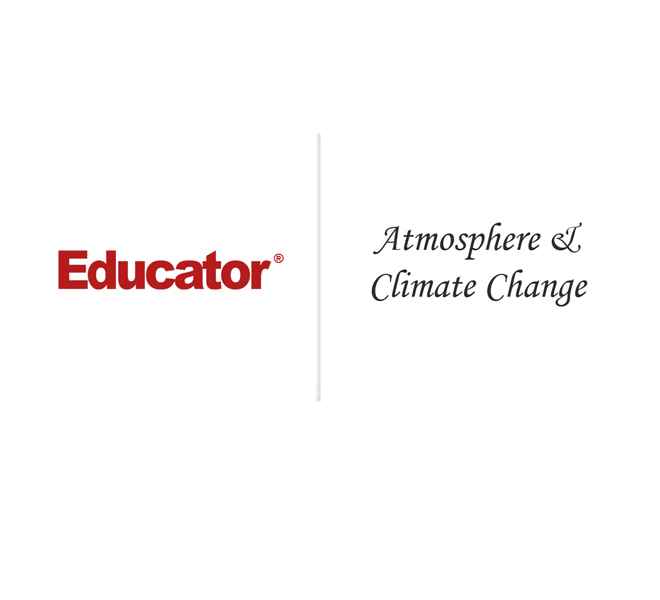Connecting...

This is a quick preview of the lesson. For full access, please Log In or Sign up.
For more information, please see full course syllabus of AP Environmental Science
For more information, please see full course syllabus of AP Environmental Science
AP Environmental Science Atmosphere & Climate Change
Lecture Description
In this lesson, our instructor Bryan Cardella gives an introduction on atmosphere and climate change. He discusses weather verse climate, the atmosphere and its composition, factors that influence climate, greenhouse gases and the greenhouse effect. He then explains how we study climate, climate change and feedback loops, causes of climate change, oceans and climate change, forecasting climate change, potential environmental, ecological, and human effects, and the Kyoto Protocol.
Bookmark & Share
Embed
Share this knowledge with your friends!
Copy & Paste this embed code into your website’s HTML
Please ensure that your website editor is in text mode when you paste the code.(In Wordpress, the mode button is on the top right corner.)
×
Since this lesson is not free, only the preview will appear on your website.
- - Allow users to view the embedded video in full-size.
Next Lecture
Previous Lecture










































 Answer Engine
Answer Engine


0 answers
Post by Li Zeng on January 22, 2019
FEEDBACK LOOPS. NEGATIVE ONES LEAD TO CYCLES OF UPS AND DOWNS, POSITIVE ONES LEAD TO ENHANCED TRENDS
0 answers
Post by Martina Maurici on September 20, 2015
How difference in climate lead to formation of tropical , temperate, and a polar desert, grassland, and forest?
1 answer
Last reply by: Martina Maurici
Sun Sep 20, 2015 3:16 PM
Post by Bryan Cardella on January 11, 2015
NOTE: There is an update regarding the U.S. and international agreements associated with emissions and climate change. As of November 2014 (after this lesson was recorded) Obama and China's president, Xi Jinping, agreed to an international deal on carbon emissions. The U.S. pledged to cut its emissions by 26-28% from 2005 levels by 2025, and China pledged to have its carbon emissions peak around 2030. Time will tell if these countries hold up to the agreement. Many experts are skeptical and think it will end up being "business as usual".
Also, keep in mind that Obama pledged in a 2009 U.N. accord to cut emissions by even MORE than this latest agreement says.